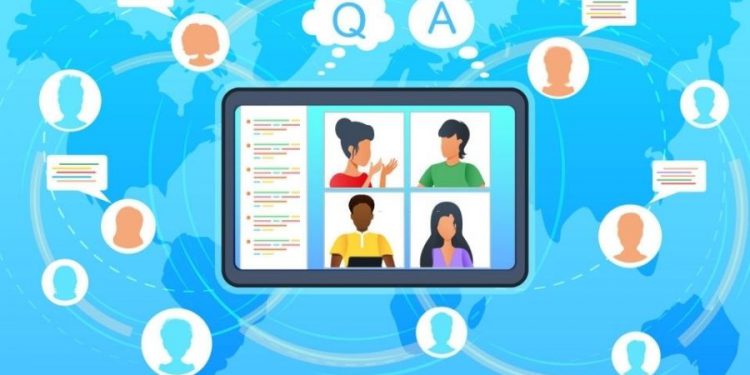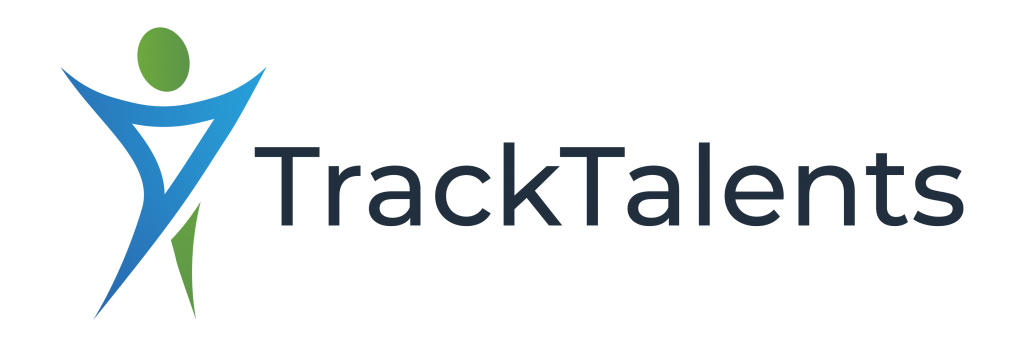During this chaotic pandemic 2019-20 with the numerous lockdowns, many organizations have their employees working remotely, and work-from-home or remote-work has become a new necessary trend.
While most organizations are busy planning new processes and work strategies and getting work reports from employees, they are neglecting an important factor, and that is employee development.
Whereas training and development encompass various learning techniques, every organization needs to introduce training programs for their employees that will improve their skills and knowledge while enhancing their performance and productivity, especially during these times of crisis.
Training and development programs are also beneficial for future leaders, employee empowerment, increased engagement in the workplace, and much more. Let us analyze the basics of remote employee training in 2020 that will prove beneficial and boost employee morale and performance.
Training and Development:
How can training & development be possible for employees while working remotely?
Working remotely or any online work format is different from working onsite at the office location. A remote workers’ environment may not be as professional as an office, but they accomplish the tasks and responsibilities assigned to them with the same commitment.
Online training is currently a popular trend that is suitable for many segments for the convenience and comfort of the participant. Applying the same concept of online training, imparting training, and development sessions to employees for improvement of their skills and knowledge to enhance their performance and productivity.
The management should consider the personal obligations of the employees and schedule training and development sessions at a mutually convenient and accessible time. While introducing the employees to new methodologies and process workflows, sessions on topics about the latest trends and technologies can make training more engaging.
Organizations should also consider that during this remote work phase, all employees may not have access to a laptop or desktop. If the training sessions use mobile-friendly technologies or responsive frameworks, then it is easier for the employee to be an active participant.
A few of the techniques available to train Your Remote Team are:
Learning Management Systems (LMS) :
It is an automated, integrated solution for the administration, tracking, reporting, and delivery of educational courses, and training programs, or learning and development programs for employees.
This system can train employees and engage them in many activities that will benefit them. The employees’ training attendance and progress can be monitored and tracked. According to the objective, strategy, and targeted outcomes, that vary in every segment, the LMS needs to have assets uploaded that are easily accessible by the employees or remote workers. An LMS can be configured and customized as per the target objectives and intended audience.
Video Conference
Video conferencing is one of the best alternatives to attend training sessions or meetings virtually from any location. It overcomes the drawback or demand for face-to-face sessions and saves travel time and cost. The basic video conference applications have limited members and audience, but many professional video conference applications support varying levels of user participation.
The host of the conference can control the audience participation and maintain discipline during a training session and disallow any disruptions. Another advantage of video conferencing is it also supports recording for playback that is useful for feedback and reference. Since most employees already use Zoom and Google Hangouts, using these tools will make the sessions more user-friendly.
Project Management and Collaboration
Project Management applications can be used, by an organization to organize and manage all its activities in a seamless and streamlined manner. Hosting resources for training employees such as FAQs’, articles, blogs, community forums, webinars, videos, etc., will make it easier for employees to collaborate.
For example, some organizations are using G-suite for all its employees, as it will be easier for them to use the same tool or suite of applications. Tasks can be assigned, monitored, and tracked, and output metrics measured to give insights into all aspects.
About TrackTalents (ATS):
Check out our Latest Blog: What is Document Automation?
How to train Employee with Video Automation





